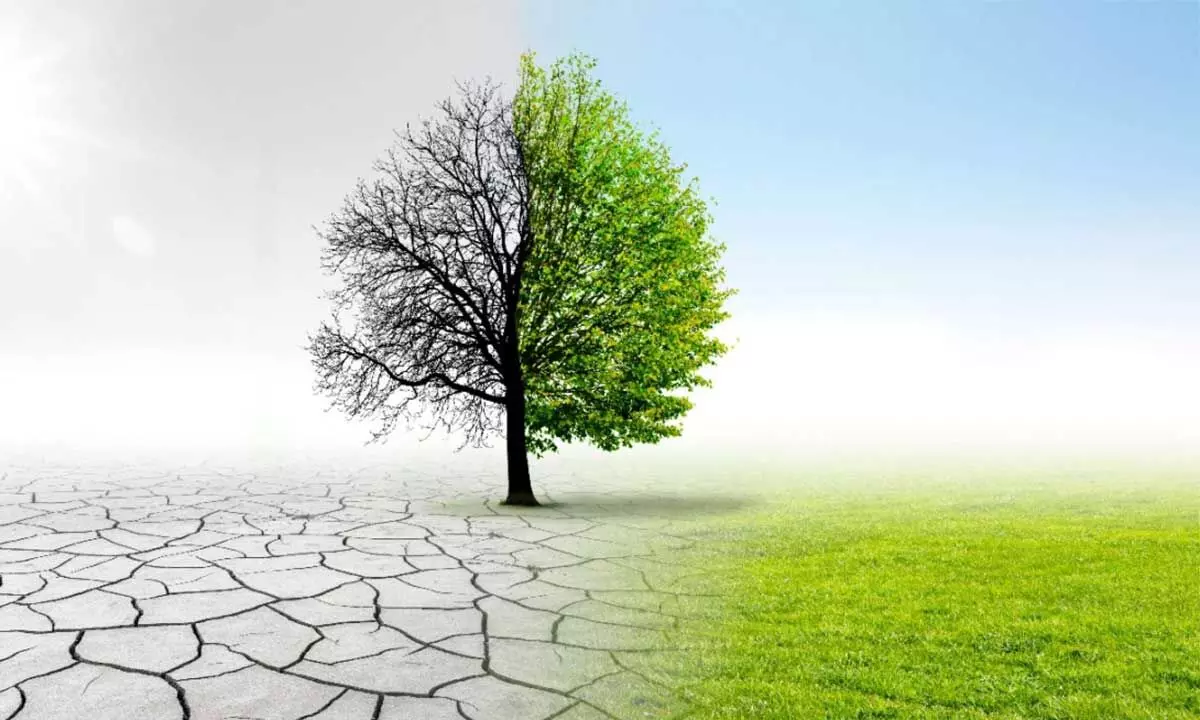Live
- CPM Politburo Member B.V. Raghavulu Criticizes "One Nation-One Election" Concept
- India Secures Third Place at Dubai Car Racing: Actor Ajith's Team Shines
- Centre to unveil 40 livestock projects worth over Rs 545 crore
- Corporate leaders have ‘gone into silliness’: Sanjeev Sanyal on work-hour debate
- ‘Nalla Jilakara Mogga’ from ‘Garividi Lakshmi’ gains appreciation
- ‘Daaku Maharaaj’ team celebrates success
- Rashmika gets injured, takes off from work
- Satish Neenasamtakes on a new role in multilingual film ‘The Rise of Ashoka’
- Chandrababu heads to hometown Naravari palle to celebrate Sankranti
- Big blow for ‘Game Changer’: Telangana Govt.withdraws ticket rate hike









